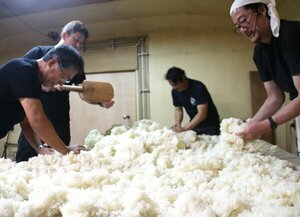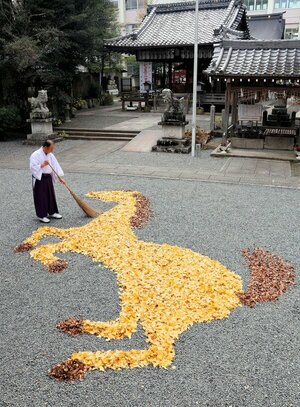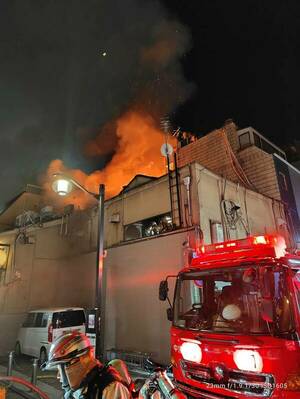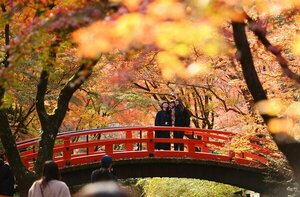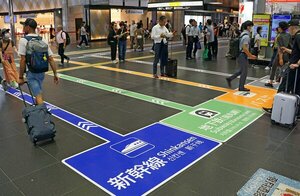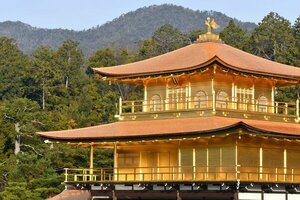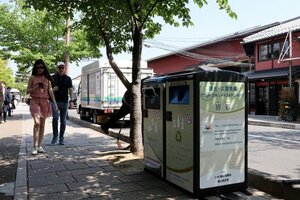On July 17th, the Hozu River Boat Ride, which runs from Kameoka City in Kyoto Prefecture to the Arashiyama area of Kyoto City, resumed operations for the first time in three and a half months. The ferry had been suspended since it capsized at the end of March, but tourists who were eagerly awaiting its resumption quickly boarded and enjoyed a 16-kilometer cruise around Hozukyo Gorge.
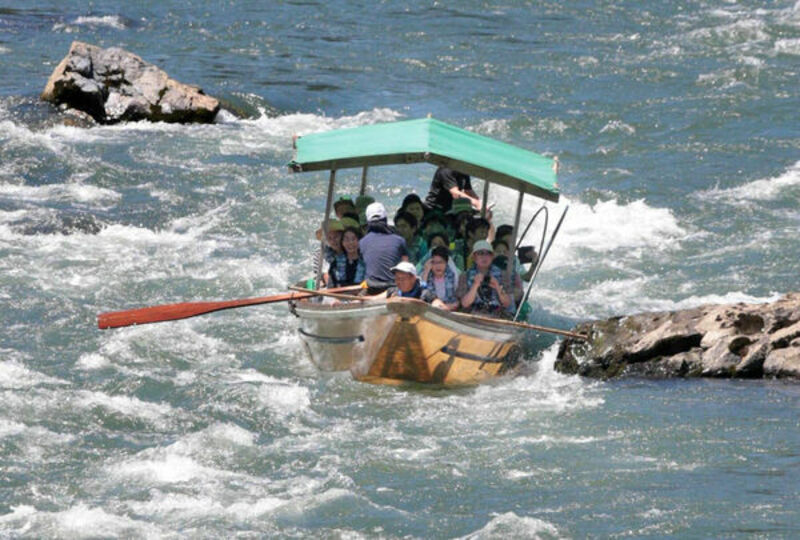
Around 8:00 am on July 17th, when the ticket office at the boarding area in Kameoka City opened, a stream of tourists flocked to buy tickets. Passengers boarded the ship wearing the newly introduced self-inflating neck life preservers. At around 9:15 a.m., the boatman started rowing the paddle to speed up the boat, and the first ferry departed for Hozukyo Gorge.
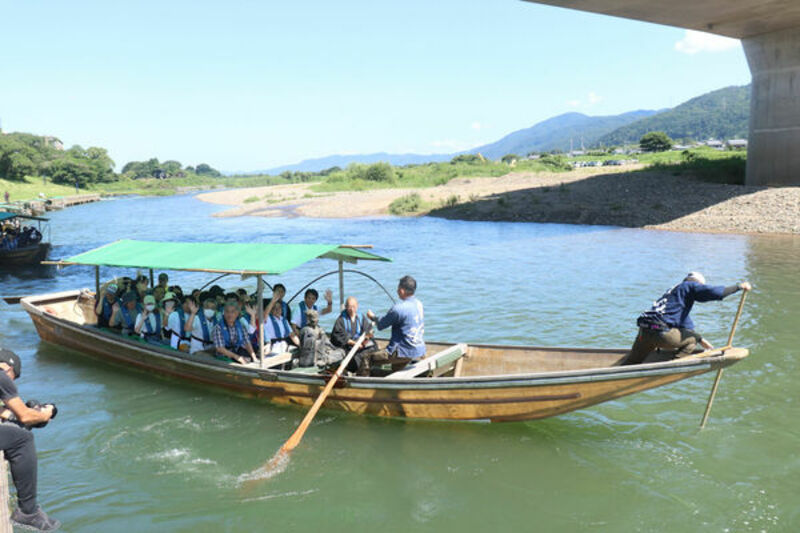
The accident occurred on the Katsura River (Hozu River) in Kameoka City around 11:00 am on March 28th. The boat capsizes due to a mishandling by the boatman, who is in charge of the rudder that controls the direction of the boat. All 25 passengers and four boatmen were thrown into the river, and two male boatmen aged 51 and 40 died.

In mid-June, the union announced its own recurrence prevention measures that incorporated the opinions of water accident experts. The lifesaving equipment was changed to a vest type that does not require operation and an automatic inflatable type, radio equipment was installed on all ships, and the hull was improved to prevent the helmsman from falling into the water. Initially, it was scheduled to resume on the 12th of this month, but it was postponed due to delays in route maintenance and test operations due to unseasonable weather.
More than 200,000 people board the Hozugawa River Ride, one of Kyoto's leading sightseeing courses, every year. It has its roots in the rafting of timber from the Tamba region before the construction of Heian-kyo.
It began to be used for tourism in the Meiji period, and is known both domestically and internationally for its appearance in Natsume Soseki's "Gubijinso" and for the British Crown Prince and others who boarded it. Even today, they continue to protect the techniques of human-powered ship operation using rods, oars, and rudders, and the technique of kawasaku, which regulates the flow and depth of the river with stones.



